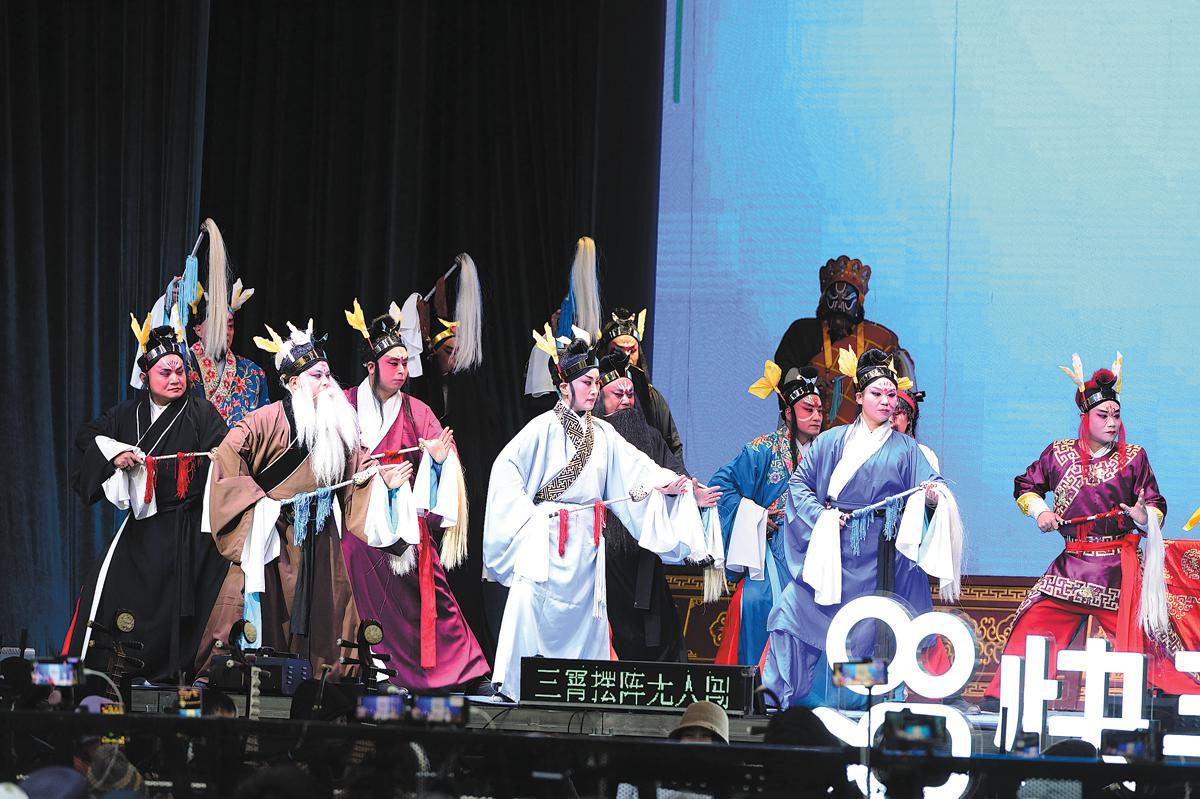

It's hard to fathom that more than 2,000 years after Qinqiang Opera was ever performed in China, that social media and technology would be driving its continued popularity, especially in the northwest of the country.
Driven by 1.27 million followers on Chinese social media platform Kuaishou, 47-year-old Qinqiang Opera performer An Wan and his 158-member troupe, completed a sold-out tour in December across Shaanxi and Gansu provinces, and the Ningxia Hui autonomous region.
Playing in countless venues across Northwest China, audience numbers averaged around 300 to 500 people in rural areas, and as many as 10,000 in big cities such as in Lanzhou, Gansu province.
The livestreamed shows on this latest tour have been viewed more than 140 million times.
What has propelled their success has been the use of short-video platforms, dating back to 2016, which has enabled them to grow a fan base for the traditional performance art online, as well as the introduction of modern elements into the live shows.
Traditionally, Qinqiang Opera originated from local folk songs and dance forms in Shaanxi and Gansu provinces. According to historical records, the opera first appeared in the Qin Dynasty (221-206BC) and remained popular in the Qing Dynasty (1644-1911). Its stories feature such themes as war, the fight between the loyal and the treacherous, and the struggle against oppression.
A key element of this opera style is its joyous and sad tunes, whereby the audience joins in to create a powerful atmosphere.
"Since the latest performances in Xi'an, I've gained nearly 300,000 new fans online, mostly from people in their 20s and 30s. I'm thrilled that so many young people are now interested in Qinqiang Opera," An said.